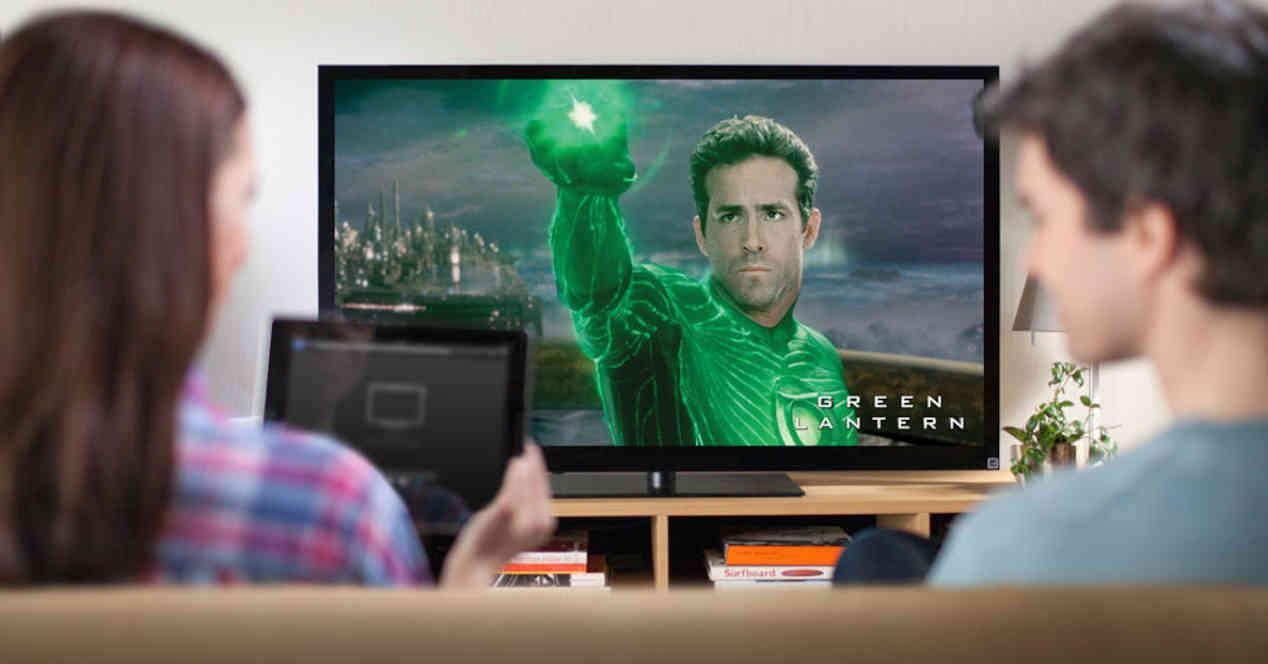Today, all video that exists on the market is digital, leaving analog video as a relic of history and therefore of the past. How did this transition happen and what role did computer hardware play in this process?
In the midst of the age where all video is digital, many of you will be wondering what analog video is for. The answer? El vídeo digital apareció ayer mismo por la tarde en lo que refiere a la historia del contenido audiovisual, por lo que una gran cantidad de contenido en vídeo will encuentra en formato analógico y es por tanto un peso muy important de la historia del cine y television.
Analog vs. digital video
Let us not forget that human beings experience the world around us in analog format. Thus, in your daily life, you capture reality in analog format. But what do we mean by analog? In the digital world, when data is transmitted, it does so as a succession of binary signals, two values, but when the data is analog, that signal can have any value.
If we took the analog signal and digitized it into a digital signal with a very small amount of data, we wouldn’t get a sine wave but a square wave. For example, the sound called “8 bit” is nothing more than the square wave simplification of the different notes. How then to digitize a digital signal? Well, adding a greater amount of value changes over time, to make the signal as close to the analog model as possible.
So when it comes to digitizing data, if we want to achieve greater fidelity to reality in a digital system, and therefore a closer to reality approach, then we need a greater amount of data. Therefore, the use of video will begin to emerge with 32-bit processors, as they could work with sufficient precision on the data.
How to transfer digital video to PC?
The first video digitizer to be used in a computer did not appear for the PC, but for the Commodore Amiga, which arrived in 1990 with New Tek’s Video Toaster. An expansion card which was precisely responsible for taking the NTSC signal and digitizing it for further manipulation, with this the possibility of editing analog video in real time was born.
With the collapse of the bankruptcy of Commodore Business Machines in 1994 and with the Apple Macintosh being a niche, all interest in multimedia turned to the PC where a version of Video Toaster was released, as well as some. cards for video processing by a party of various brands, all based on the use of digital signal processors or DSPs, which were added in the first PCs with multimedia capabilities to be able to efficiently process this volume of data, in no more being able to encode and decode video in real time.
Over time, the advent of increasingly powerful processors and digital video eventually eliminated the need to use this type of card for digital video manipulation, which led to the emergence of non-professional programs. in the style of Apple’s iMovie or Microsoft Windows Movie Make. .
How to replace analog video with digital?
Digital video has three main advantages over analog video, which has given it a dominant position in the market over analog video, which has become a relic of history. All three have completely changed the way video is produced, distributed and stored.
Ability to process data in real time
The first is that it allows the manipulation of data by a processor with the possibility of manipulating data in digital format, that is to say in binary. Which has a series of clear consequences if we take into account that thanks to a processor or a CPU, we can manipulate them. This allows video editing, in real time and access to all data.
Los que hayáis editado vídeo utilizando formato de cinta analógica, recordaréis como una hora en resolución de televisión analógica requería 13 GB de información que se tenían que volcar desde la cinta DV al disco de almacenamiento del PC, para que ase acceder la CPU timeline. It was impossible to do directly on tape.
Ability to catalog and distribute data
The second is the ability to use metadata, which is data about data. For example, a music file’s metadata are things like artist name, album, date, genre, etc.
Data of the same type can be applied to video files. This allows us to organize searches through these metadata or keywords. If that data is also in the cloud, we can set up a digital streaming platform on which to distribute content around the world. So without digitization, we wouldn’t have platforms like Netflix, Twitch, Amazon Prime, YouTube, etc.
The other point is that we can distribute all the data in binary, and therefore which have been digitized beforehand, via the Internet. This allowed the creation of new business models.
The quality of the content does not degrade
The third reason has to do with the adoption of digital formats, the first digital format being Laser-Disc, which was the true predecessor of DVD. The laser disc has not been very successful for the cost of its drives, but its video quality has not degraded as has happened with videotapes used to store analog video, which over time had to be digitized. and in some cases it was. it was too late and they were lost forever.
Although the digital video boom didn’t happen until the 2000s, a time when real-time video decoding was so cheap in terms of processing that a simple set-top box chip cost pennies.
Today, optical disc formats for movies are on the verge of disappearing, replaced by the breakthrough innovation of digital video streaming. The demand for more not only new but old on-demand series has accelerated the fact that many analog videos stored in the archives of many film production companies are being digitized.
Analog video post and digital video, do you know how they differ and which is better? first appeared on HardZone.
Table of Contents















